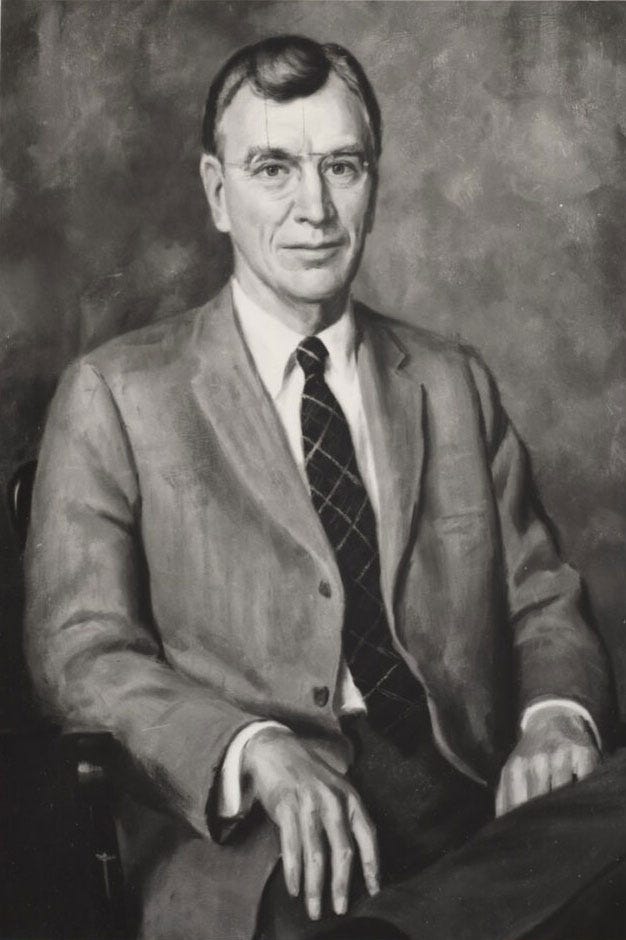"But they have raised no cry,
I wonder why."
- Countee Cullen
One is apt to forget that besides delinquent and emotionally disturbed children there are many children who are just plain unhappy. That is particularly true of adolescents. If you gain their confidence and give them a chance to talk to you under suitable circumstances you will find that one of their most frequent and serious worries has to do with the growth of their bodies.
Writing about the health problems of adolescents, Dr. J. Roswell Gallagher, one of the country's leading student-health specialists, gives first place to worries about health and development:
"To the adolescent boy they are matters of vital concern. ...To be abnormal in growth or development is (to him) a very serious matter."
He goes on to point out that parents and teachers often misunderstand that "among perfectly normal adolescents" there are great variations in height, weight, size and maturity from the standard average pattern.
Biologically these variations in physical development in boys and girls usually have little significance. They become worries and plague the children in their social context. Unsuitable reading, chance remarks by adults, kidding by other children, over-concern of parents, incautious remarks by doctors and so on are apt to set off worry and unhappiness over being "different" or "abnormal." Sexual maturation, mental and physical, may add associations, guilt feelings and fantasies. It is usually the same areas of the body that are involved in these worries. In boys it is the face (complexion and hair), the body build in general (muscular strength, height and weight) and the primary sexual characteristics. In girls it is the face, the general body build (fat distribution and weight) and the area of greatest psychological sensitivity, the breasts.
In psychotherapy of children with all kinds of difficulties I have found that one of the main goals has to be to raise their self-confidence. Adolescents with these hypochondriacal growth worries can be helped provided they come to the attention of an experienced adult. But for prevention, efforts directed at the individual child are not enough. Attention must be given to the adults who exploit these anxieties of children commercially.
No better method could be evolved to cause such worries or to aggravate them than the advertising in children's comic books. I understand that there are advertising associations or advertising councils interested in keeping products advertised, as well as the manner of their advertising, on an ethical level. If that is true, they must have looked the other way with regard to the stupendous amount of advertising in comic books. In any case, they "raised no cry." Advertising is or could be — quite apart from its selling aspect — a wholesome educational influence. Comic books ads are not only anti-educational but have done untold harm to children from the point of view of public health and mental hygiene, not to speak of common human decency.
NOTES:
The phrase 'body-image' was first coined by Austrian neurologist Paul Schilder in his book The Image and Appearance of the Human Body (1935).




